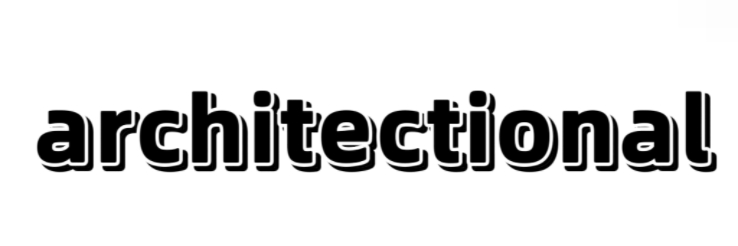Construction Plywood vs. Oriented Strand Board: Which One Wins?
Construction Plywood vs. Oriented Strand Board: Which One Wins?
When it comes to building materials, selecting the right product can significantly influence the strength, durability, and overall efficiency of your construction project. Two popular options that often compete for attention are construction plywood and oriented strand board (OSB). Both materials have unique properties, advantages, and disadvantages that make them better suited for certain applications. In this comparison, we’ll explore these two materials in detail to help you make an informed decision.
What is Construction Plywood?
Construction plywood, typically made of multiple layers of thin veneer sheets, is glued together in a cross-laminated pattern. This manufacturing process enhances its structural integrity, making it a preferred choice for a variety of applications, including flooring, roofing, and wall sheathing. The layers of plywood provide excellent resistance to warping and splitting, ensuring its longevity in various environmental conditions.
What is Oriented Strand Board (OSB)?
Oriented strand board (OSB) is an engineered wood product made from strands of wood that are bonded together with adhesives. The strands are oriented in specific directions, which allows OSB to offer superior strength and rigidity compared to traditional particleboard. OSB is often used in structural applications such as roof decking, wall sheathing, and subflooring, providing a cost-effective alternative to plywood.
Strength and Durability
Both construction plywood and OSB have commendable strength and durability, but they display different performance characteristics under various conditions. Plywood’s cross-laminated structure makes it inherently stronger and more flexible, allowing it to better withstand bending and stress. Conversely, OSB has a more uniform density, which contributes to its resistance to impacts and shear forces, although excessive moisture can weaken it over time.
Moisture Resistance
Moisture can be a critical factor when choosing between construction plywood and OSB. Plywood typically performs better in moist environments as its layers are tightly bonded and can shed water more effectively. However, certain types of OSB products are treated for moisture resistance, which may make them suitable for use in damp conditions. For projects requiring high moisture resistance, construction plywood, like that offered by XINFUSHI, is often the superior choice.
Cost Comparison
Cost is often a deciding factor in construction material selection. OSB is generally more affordable than construction plywood, making it an attractive option for budget-sensitive projects. However, one must consider the long-term implications of material choice—while OSB might save money upfront, the potential for increased maintenance and replacement costs due to moisture-related issues can impact the total expenditure over time. It’s wise to weigh the immediate cost against the overall value provided by durable materials.
Conclusion
The choice between construction plywood and oriented strand board ultimately depends on the specific requirements of your project. For structural integrity and moisture resistance, many professionals lean towards construction plywood, particularly the high-quality options available on our website. However, for budget-conscious projects where strength and affordability are paramount, OSB can serve as a viable alternative. Make sure to analyze your project needs comprehensively before making a final decision—it could save you time, money, and effort in the long run!


